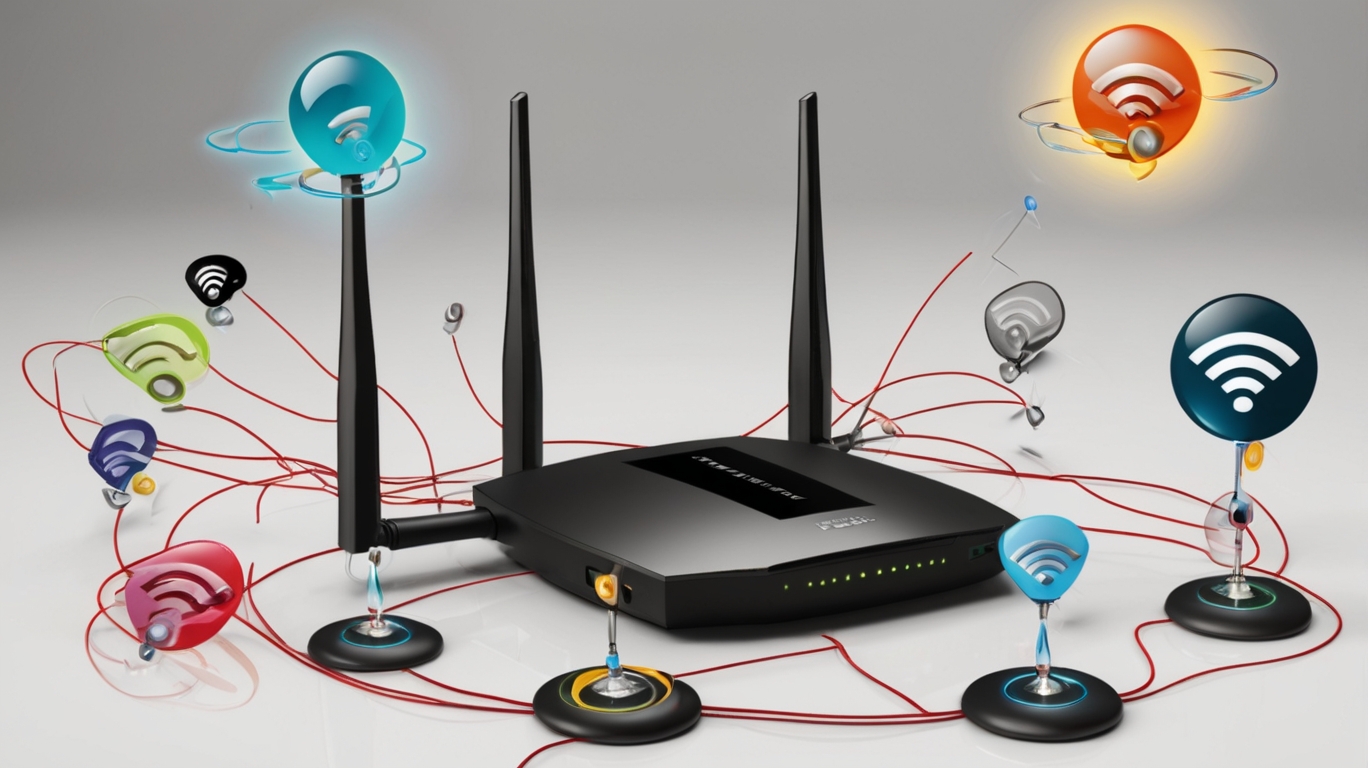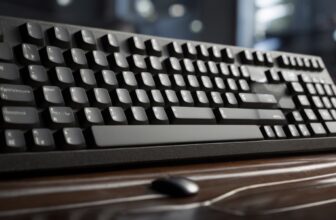Solutions for Wi-Fi Connectivity Problems on Routers



Troubleshoot Wi-Fi connectivity issues on your router with these simple tips. Improve your signal and enjoy a stable and fast connection.
Wi-Fi connectivity is essential in our homes and workplaces, as it enables communication and internet access for multiple devices. However, sometimes we face connectivity issues that can be frustrating and difficult to troubleshoot. In this post, we will explore the common causes of Wi-Fi problems and provide practical, easy-to-understand solutions to resolve them.
1. Check the Physical Connection
Before you dive into more complex solutions, it’s important to make sure all physical connections are in place. Make sure the internet cable is properly connected to the router and the power cables are firmly plugged in.
2. Restart the Router and Modem
One of the simplest and most effective solutions is to restart your router and modem. Unplug both devices, wait about 30 seconds, and plug them back in. This simple step can resolve many connectivity issues.
3. Check the Internet Service Status
Sometimes the problem isn’t with your router, but with your internet service provider. Check to see if there are any service outages in your area. You can do this by visiting your service provider’s website or contacting them directly.
4. Update the router firmware
Firmware is the software that controls your router. Keeping it up to date is crucial to ensuring a stable and secure connection. Visit your router manufacturer’s website to download the latest updates and instructions on how to install them.
5. Optimize Router Location
The location of your router can significantly affect the quality of your Wi-Fi signal. Place your router in a central, elevated location, away from thick walls and devices that may cause interference, such as microwaves and cordless phones.
6. Change the Wi-Fi channel
Routers can operate on different channels, and some channels may be less congested than others. Go into your router’s settings (usually via an IP address in your web browser) and change the Wi-Fi channel to see if that improves your connection.
7. Secure your Wi-Fi network
An unsecured Wi-Fi network can be used by neighbors or strangers, which can slow down your connection. Make sure your network is protected with a strong password and use the WPA3 security protocol if possible.
8. Use a signal extender
If you have a large home or multiple floors, your Wi-Fi signal may not reach all areas. A signal extender (or repeater) can help amplify the signal and provide wider coverage.
9. Reduce the number of connected devices
Too many devices connected to the same network can slow down your connection. Disconnect devices you’re not using to free up bandwidth for those that need it.
10. Set up a Guest Network
If you have a lot of visitors connecting to your network, set up a guest network. Not only will this keep your main network more secure, but it can also help you better manage network traffic.
11. Reset the router to its factory settings
If you’ve tried all of the above solutions and are still having issues, resetting your router to its factory settings may do the trick. Keep in mind that this will erase all of your customized settings, so you’ll have to set it up again from scratch.
12. Consider Upgrading Your Router
If your router is older, it may not be able to handle modern connectivity demands. Consider upgrading to a newer model that offers better performance and advanced features, such as Wi-Fi 6.
Specific Problem Solving
Problem: My device cannot connect to the Wi-Fi network
– Solution: Check that the password is correct. Make sure that the device is within range of the Wi-Fi signal. If it is a new device, check that it is compatible with your network frequency band (2.4 GHz or 5 GHz).
Problem: Wi-Fi connection is slow
– Solution: Perform a speed test to check your internet connection. If the speed is significantly slower than expected, contact your internet service provider. If the speed is adequate but Wi-Fi is still slow, consider changing the Wi-Fi channel or using a range extender.
Problem: Wi-Fi signal keeps disconnecting
– Solution: Make sure the router firmware is up to date. Check for interference from other electronic devices. Change the location of the router to improve the signal.
Problem: I can’t access the router settings
– Solution: Make sure you are using the correct IP address to access your router settings. This is usually something like 192.168.0.1 or 192.168.1.1. Check your router manual for the correct address and default login credentials.
Keep Your Network Safe
Wi-Fi network security is crucial to protecting your personal information and preventing unauthorized use of your connection. Here are some additional tips to keep your network safe:
– Use strong passwords: A strong password should include a combination of letters, numbers and symbols. Avoid using common words or personal information.
– Disable WPS: Wi-Fi Protected Setup (WPS) is a feature that can facilitate unauthorized access to your network. Disable it if you don’t need it.
– Set up a firewall: A firewall can help protect your network from unauthorized access and external attacks.
– Monitor connected devices: Regularly check the devices connected to your network to detect any suspicious activity.
Conclusion
Troubleshooting Wi-Fi connectivity issues can seem complicated, but with these simple, straightforward steps, you can identify and resolve most problems. Always remember to start with the most basic solutions, such as restarting your router, and work your way up to more complex ones if necessary. Keep your router up to date, make sure it’s in a good location, and protect your network with strong passwords and proper security settings.
With these tips, you can enjoy a stable and fast Wi-Fi connection at home or at work. Good luck and happy browsing!
Post views: 4





